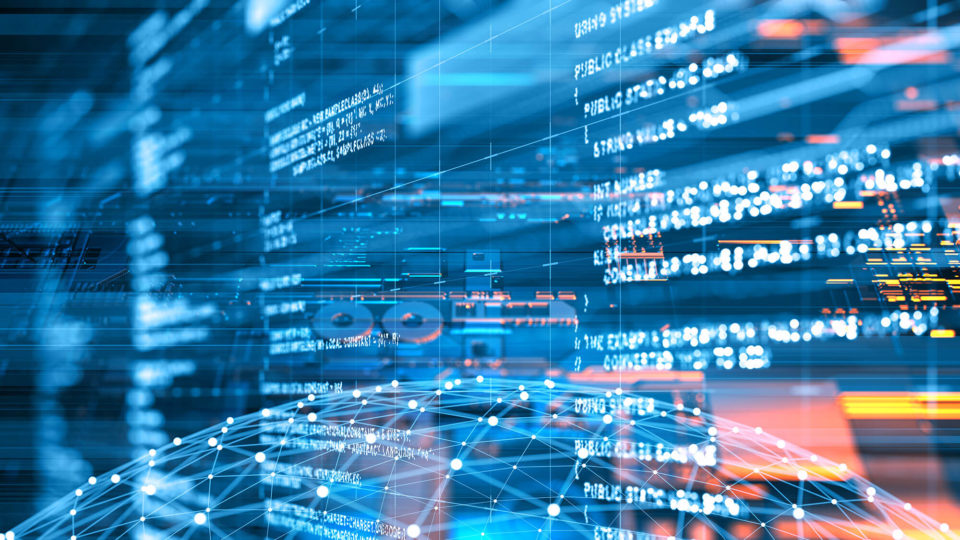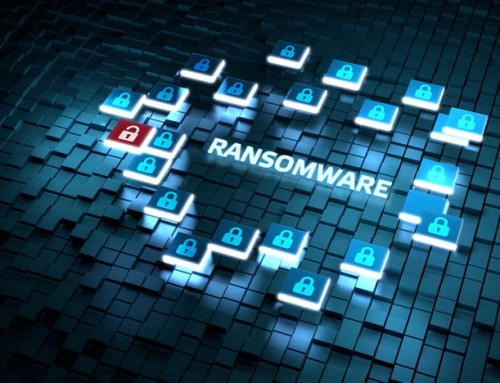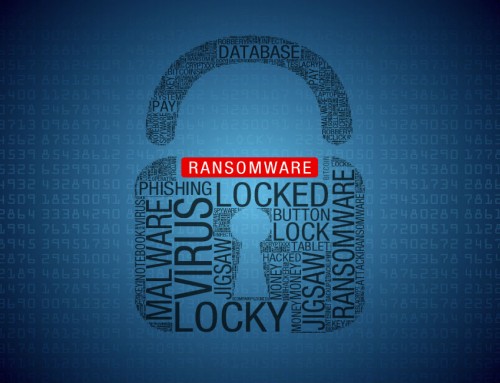Navigating The Threat Landscape 2021 – From Ransomware to Botnets
While we are recovering from the worst pandemic, cyber threats have shown no signs of slowing down, and cybercriminals still have no shortage of malicious and advanced means to achieve their goals.From Ransomware To Botnets
The Global Threat Landscape Report indicates a drastic increase in sophisticated cyberattacks targeting digital infrastructures, organizations, and individuals in 2021. Threats can take different forms with the intent to commit fraud and harm businesses and people. Ransomware, DDoS attacks, phishing, malware, and interceptor attacks pose the biggest threat to businesses today. From Ransomware To Botnets
When new threats appear, attackers take advantage. However, most businesses are only aware of current threats.
Associations battle to adapt to these dangers because of the refinement of their assets and their absence of comprehension of developing danger scenes. Consequently, associations need perceivability into cutting edge dangers explicitly focusing on their framework. This article depicts the changing scene of digital dangers in 2021.
Evolving Threat Landscape – Find Out What You Don’t Know
1 — Ransomware
Ransomware continues to be a common and evolving cybersecurity threat with several high-profile incidents. Ransomware incidents affect organizations, businesses and individuals, resulting in financial loss, operational disruption, and data exfiltration. Compromises of vulnerabilities and misconfigurations related to the Internet, third-party and managed service providers, Remote Desktop Protocol (RDP), and phishing emails remain the most common infection vectors.
The number of extortion schemes increased from one to many in 2021. After initially encrypting the victim’s sensitive information and threatening to reveal it publicly unless a ransom is paid, attackers are now targeting partners and the victim’s customers for a ransom to maximize their profits. .
New research from Coalition has found that there was a 170% increase in the average ransom demand in the first half of 2021 compare to last year.
2 – Cryptojacking
Another assault pattern in 2021 is cryptojacking, which is related to the developing precariousness in the digital currency market. Given the anonymity of cryptocurrencies, it has become a convenient and attractive medium of exchange for attackers. In this attack, cybercriminals deploy hidden cryptojacking software on the target’s devices, which steals from a cryptocurrency wallet. From Ransomware To Botnets Siloscape, a new malware, which appeared in June 2021, targets Windows containers and creates malicious containers, charges cryptocurrency miners, who identify and steal the cryptocurrency.
3 – Data breaches
Sensitive data stolen from organizations or users is nothing new, but the way threat actors approach it has evolved. Just as organizations adopt new technologies to survive in the digital landscape, threat actors also exploit sophisticated methods to exploit attacks – Deepfake technology, for example.
Although this is not a new concept, it has evolved considerably. With MI and AI, Deepfake technology enables the digital creation of an individual’s image, which can then be use to impersonate the victim. AI and ML tools make it possible to create artificial versions of any voice or video.
Cybercube security researchers have warned that spoofed audio and video content could become a major cyber threat for businesses around the world. In addition, the widespread damage associated with this alleged content is expected to increase in the years to come. The increased reliance on video communication is also expected to be the main factor motivating attackers to focus more on Deepfake technology.
Recommendations for Deepfake Monitoring and Removal:
Improved digital archiving to identify the fake video and fake voice clips
Implement Content Authenticity Initiative to validate the creator as well as the origin of data
4 – Botnets
New botnets continue to emerge as old ones continue to transform to bypass current security solutions. Indeed, cybercriminals see a new paradigm of botnets-age-a-service. Where hats can be rented/sold to companies or individuals for misuse and financial gain.
In addition, the existence of botnets in the cloud and mobile environments offers a new possibility. That they will soon be able to learn from their own weak patterns of user interaction. And exploit them. The growing adoption and development and deployment of IoT. The lack of security presents another potential limitation for botnet proliferation.
In 2020, the Mozi botnet attack accounted for 89% of IoT attacks – according to X-Force research. In addition to Mozi, several other botnets continue to target the IoT landscape. Eco boat, Zeroshell, Gafgyt, and Loli are four notable botnets impacting businesses around the world.
New cyber threats are detect all the time, and they have the potential to affect any operating system, including Linux, Windows, iOS, Mac OS, and Android. Additionally, new threat vectors are evolving due to potential vulnerabilities in the continued adoption of remote working and a growing number of connected IoT devices.







Leave A Comment